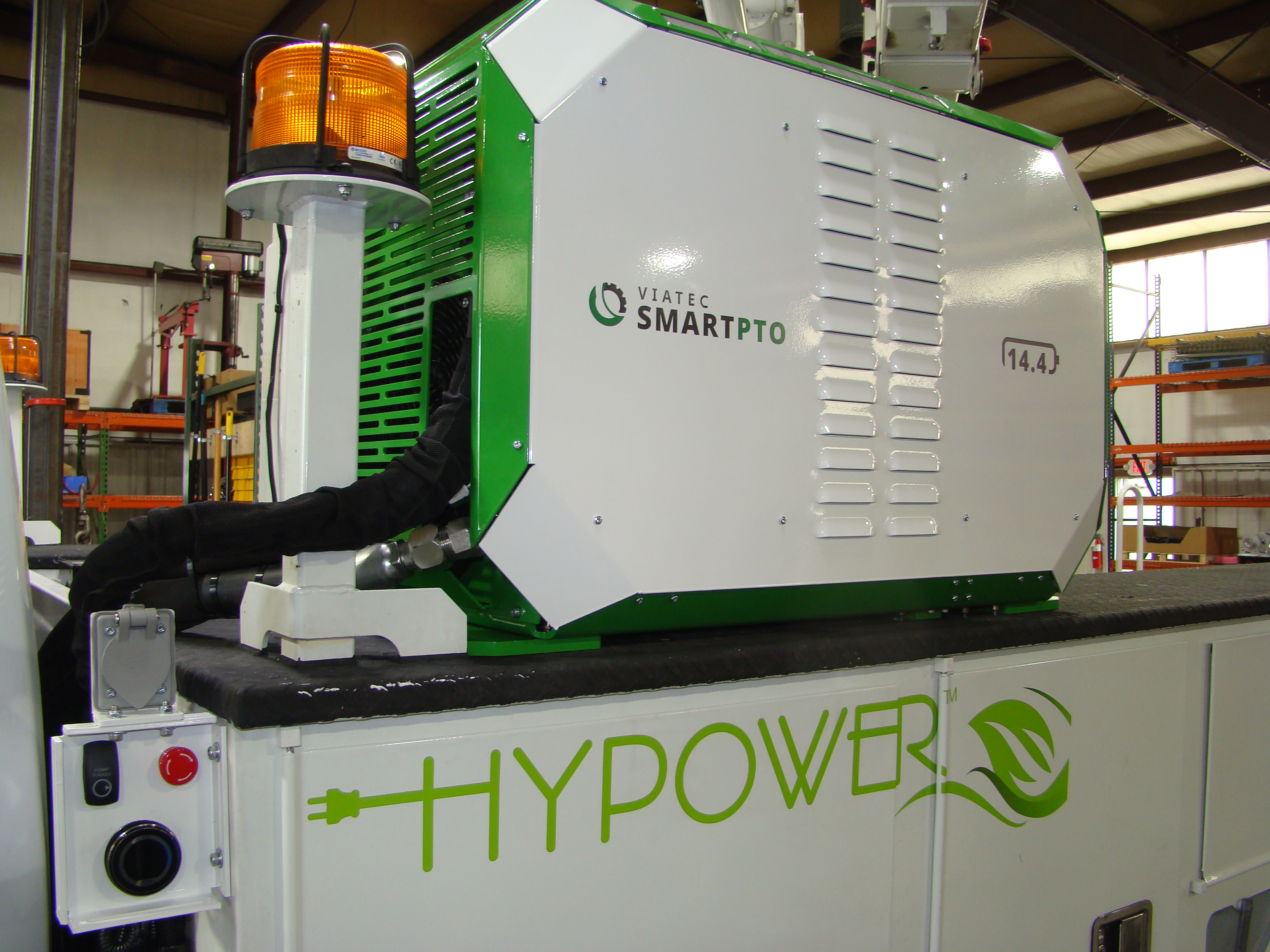Tips to Follow When Converting Your Fleet to Electric

Many electric utilities have published very aggressive sustainability goals trying to achieve full electrification across all fleet categories over the next 10 to 15 years. “With many bucket trucks having a 7-to-10-year fleet life – we may already be behind and too late to achieve that goal,” said Joe Caywood, Director of Marketing for Terex Utilities. “It is important to get started and be involved as EV adoption expands to medium and heavy-duty applications.”
In a recent interview with Southern California Edison (SCE), Utility Expo staff asked Todd Carlson, SCE Principal Manager of Fleet Asset Management, for his insights on fleet electrification. “SCE plans to have 90% of our light-duty vehicles electrified by the end of 2025 and 100% by 2030. That same year, we also expect to exceed 30% of our medium-duty and 10% of our heavy-duty.”
Here are few insights that utilities may find useful as they seek to transform their fleets.
Seek Assistance from Industry Groups
SCE partnered with other members of the Edison Electric Institute and sought out resources from the American Association of Public Power and the Green Truck Association, of which Terex Utilities is a member, as another source. While their membership is geared toward manufacturers, the organization provides information on available green vehicles and sustainable technologies for work trucks.
Utilities should also consider their OEM-supplier as a valuable resource. Terex Utilities has been working on green solutions for more than a decade with the goal of providing robust solutions designed to meet the specific needs of utility applications. This includes Terex’s investment in Viatec, Inc., a South Carolina-based manufacturer of plug-and-play electronic power take-off (“PTO”) systems that support electrification of utility fleets.
Create a Roadmap
SCE used a telematics fleet assessment to outline vehicles targeted to be replaced by EVs, where they park, and how long they have to charge. This was used to calculate the charger size required at each facility by year.
“We collaborated with our facilities team on a construction plan to install the infrastructure and chargers needed for the next five to 15 years at each site,” says Carlson. Each site has its own project plan.
Caywood adds that many Terex Utilities customers are using the all-electric bucket truck to complement their current fleet. “We’re finding that range anxiety truly exists, and in order to alleviate this, we developed a solution that provides the maximum chassis range while powering the aerial separately. The HyPower SmartPTO by Viatec provides 28 kWh to operate the boom and all other hydraulic functions for a full workday. It does not take away driving range because it does not draw power from the chassis batteries.”
Once you have a roadmap, it’s important to work together with your supplier to match your goals with equipment that helps you achieve those goals. “As charging infrastructure expands and industry standards develop, we encourage our customers to use us as a resource,” said Caywood. “Because of compatibility issues It’s not as easy as just plugging into a Tesla charger.”
Caywood adds: “Be sure to know your application—your routes, duty cycles, shifts and recharging times, and know that this is not yet ready for storm response.”
Prepare a Business Case for EVs
Beyond meeting air quality and carbon emission goals, a strong business case can help utilities build consensus and commitment to change. At SCE, the business case for electric pickups and ePTO bucket trucks is supported by the high cost of gasoline and diesel fuel in California.
In addition, expect lower maintenance costs to be part of the value proposition for electric vehicles. “Our EVs that replaced gas vehicles have very favorable maintenance outcomes,” says Carlson. “And our traditional hybrid vehicles have also had good maintenance outcomes over the last ten years.”
New York based Central Hudson Gas & Electric is one of the initial nine utilities that took delivery of the industry’s first all-electric bucket truck—the Terex Optima 55’ EV bucket truck. James Kuha, Operating Supervisor of the Transportation Department at Central Hudson said they have seen significant benefits, including reduced fuel consumption, and by eliminating engine idling, they have also reduced worker exposure to exhaust. Reduction of noise pollution is important for working quietly in customer neighborhoods but has also improved communication during training. “The instructor can be up in the air providing instruction while also having a conversation with the students on the ground without trying to yell over the diesel motor,” said Kuha.
Take Driver Opinions into Account
Heather Welch, Director of Transportation and Stores at Central Hudson said the utility is taking a flexible approach to help their crews feel more at ease when using the EV aerial devices. “By giving people an option to try without locking them into using that vehicle long term, we have been finding that more people are willing to at least try,” she said.
Carlson recommends surveying your current drivers to assess if they are excited, neutral, or opposed to replacing their fleet vehicle with an EV. “Ask your drivers if they own an EV or if they have ever driven an EV for context as a starting point for organizational change management,” says Carlson. “The EVs often sell themselves because drivers like the quiet operation and reduced job site emissions.”

.png?sfvrsn=cfc0900d_0)